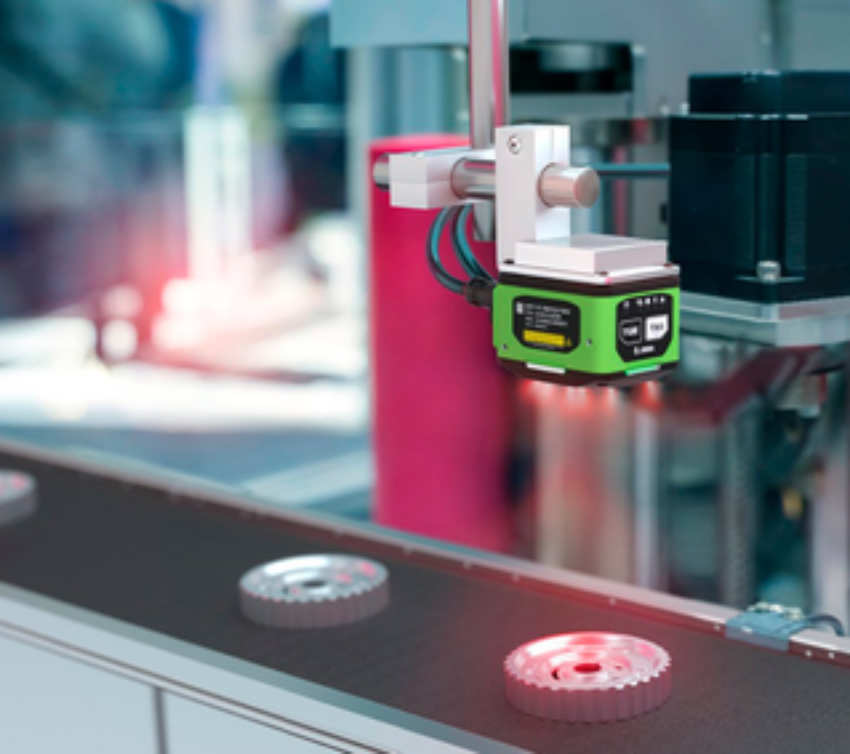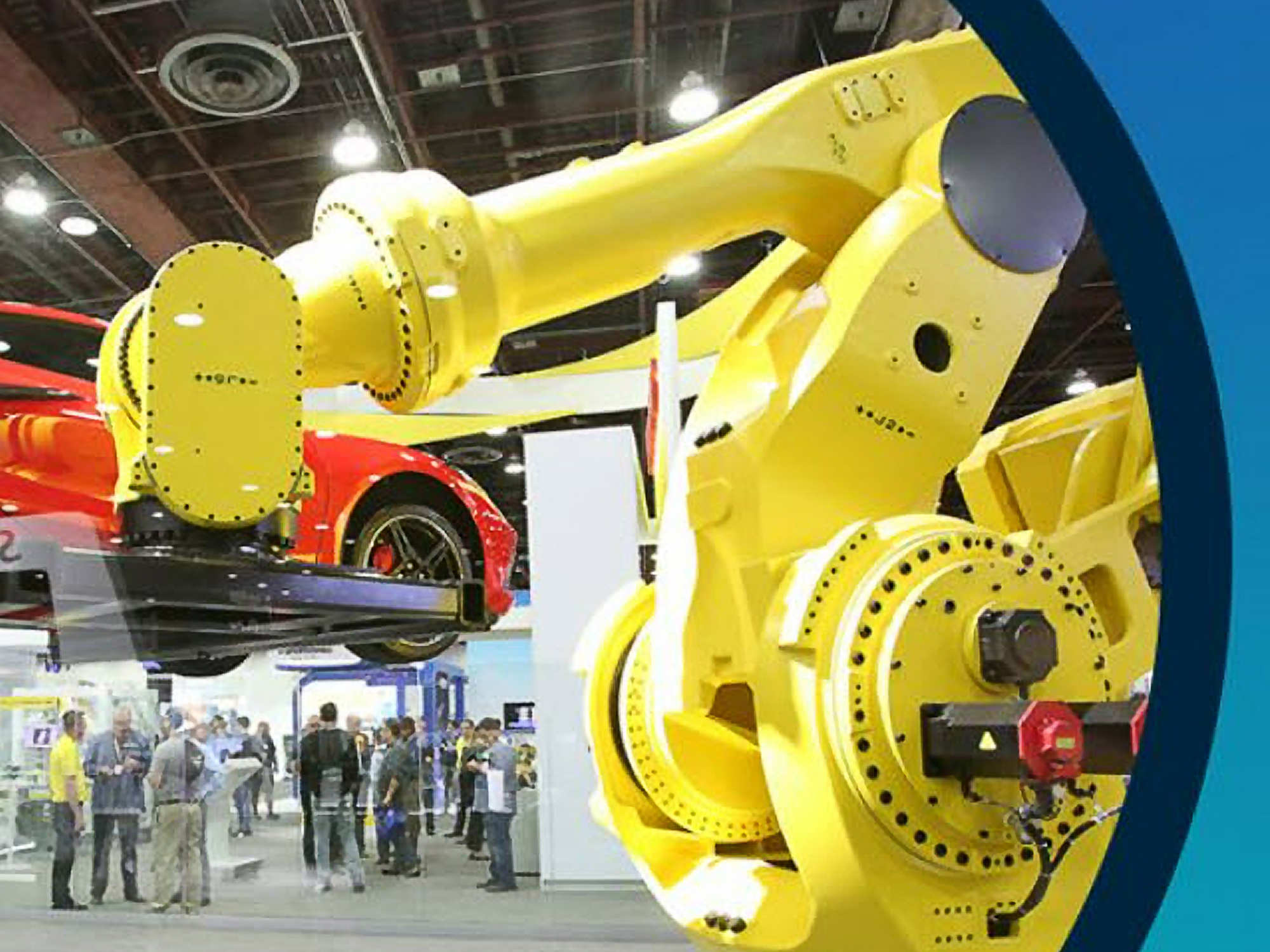Zebra Technologies helps organisations monitor, anticipate, and accelerate workflows by empowering their frontline and ensuring that everyone and everything is visible, connected and fully optimised.
Interview with from Stephan Pottel, Industry Director, Manufacturing at Zebra Technologies.
A brief description of the company and its activities.
Stephan Pottel: Our award-winning portfolio spans workforce and demand forecasting software to innovations in machine vision software with deep learning tools, automation and digital decisioning, all backed by a +50-year legacy in scanning, track-and-trace and mobile computing solutions.
Zebra helps its customers in a number of industries make business-critical decisions, including manufacturing, retail and e-commerce, transportation and logistics, as well as banking, healthcare, public sector and hospitality. Our customers include over 80% of the Fortune 500. We employ almost 10,000 people in 120 locations, with headquarters in Lincolnshire, Illinois, USA.
What’s the news about new products/services?
S.P: Zebra is always bringing new software updates, features, and products to market for our customers. For example, in Q2 we launched powerful 3D sensors and the FS42 fixed industrial scanner for AI applications. It comes equipped with a neural processing unit (NPU) for faster performance when running AI deep learning-based tools. The FS42 also features Zebra Aurora Focus™ for fast set-up and deployment, and comes ready-made for specific tasks like barcode reading and verification, OCR, and presence/absence vision inspection.
And earlier in the year we unveiled our new ultra-rugged mobile computer, the MC9400 Series. Equipped with public and private 5G and Wi-Fi 6E connectivity, the MC9400 Series is designed to enhance workflow efficiency and device security across the manufacturing, retail, warehouse, transportation and logistics industries.
What is the state of the market where you are currently active?
S.P: Manufacturers already have a number of regulatory, sustainability, productivity, workforce and consumer challenges that the right type of AI solution can help address and deliver the necessary results. In fact, AI will help manufacturing leaders and front-line engineers better sense what is happening and analyse sensor and device data to improve decision making, compliance, accuracy and quality inspection. Workers with AI capabilities will set themselves apart in the near future, as they’ll have the knowledge and expertise manufacturers want in their plants.
Manufacturing is a major market for Zebra, and within that we have a focus on AI in machine vision. AI is part of the reason why today’s machine vision systems are getting so much better so quickly. To gain insights into the automative industry’s AI maturity levels and top challenges, we surveyed 500 automative leaders in the UK and Germany. We found that 56% of automotive business leaders surveyed in the UK and 43% in Germany are already using some form of AI such as deep learning in their machine vision projects, with around 20% on average looking to find out more or currently looking to procure.

Zebra’s Manufacturing Vision Study is a global survey of C-suite executives and IT/OT decision-makers across manufacturing segments. Our 2024 study showed that 54% of manufacturers in Europe expect AI to drive growth by 2029, up from 37% in 2024. This surge in AI adoption, combined with 92% of survey respondents prioritising digital transformation, underscores manufacturers’ intent to improve data management and leverage new technologies that enhance visibility and quality throughout the manufacturing process.
AI, specifically deep learning, will grow in use and sophistication. And for that to happen, we need to see greater use of cloud-based platforms to help overcome data silos and challenges and increase cross-site collaboration. Deep learning cloud-based platforms will allow for model edge deployment on tablets and mobile devices to support flexible, digitised workflows on the production line, on a tablet or mobile device wherever a user or team is located.
What are the most innovative products/services marketed?
S.P: Zebra is a global leader in innovative digital solutions that enable automation and improve intelligent operations – providing our customers with a long-lasting competitive advantage. For example, Zebra’s Aurora Deep Learning add-on for data scientists offers a complete set of industrial-quality deep learning tools which can be used to solve problems that are far too complex for traditional machine vision algorithms.
Zebra Aurora Vision software has an industrial-quality deep learning optical character recognition (DL-OCR) tool add-on makes reading text quick and easy. DL-OCR supports manufacturers and warehousing operators who increasingly need fast, accurate, and reliable ready-to-use deep learning solutions for compliance, quality, and presence checks. It means engineers can think and act more like data and AI specialists in the face of increasing volumes and varieties of data, and better understand the workings and business benefits of deep learning solutions.
Electric battery and vehicle manufacturers are leveraging deep learning machine vision solutions to increase efficiency with industrial automation, which Zebra and partners provide to carmakers and EV battery suppliers. Deep learning machine vision can be used for anomaly and feature detection, object classification, instance segmentation, and point location across the electric vehicle battery making process, from node and cathode coating, electrode tab position, stacking alignment, serial/code inspection, and assembly verification to name some.
I.D.E.A., an international industrial automation company, leverages a custom machine vision system by Zebra to detect subtle defects invisible to the naked eye for its disk brake manufacturing. With the Zebra Aurora Design Assistant solution, I.D.E.A. is able to carry out quality control for over 200 different models of automotive brake discs. Inspections are repeatable 24 hours a day, and the machines operate faster than a human operator could.

Stephan Pottel, Industry Director, Manufacturing at Zebra Technologies.
At one production site, the Bosch Group develops solutions for diesel engine injection systems for the automotive industry. With its machine vision system, the plant achieves a production volume of 7,000 parts per day. The proportion of incorrect rejects has been reduced to less than 5%, which is a significant improvement. The system runs on machine vision software, which controls the entire system and has enabled the team to reduce costs and set-up time and simplify installation.
Other manufacturing sectors are also benefitting from advances in machine vision with deep learning tools – for example, they can be leveraged in the manufacturing of electric batteries, food and beverage, and a range of packing, including medical tablets. The need for quality and compliance is very important in healthcare, so being able to inspect medicines accurately during production is essential. Machine vision software and cameras can be set up to detect defects and anomalies and alert manufacturing teams to check and remove anything that falls below the standard needed.
What estimations do you have for 2024?
S.P: AI, specifically deep learning will grow in use and sophistication. Manufacturers are and will be turning to AI, including advanced deep learning based on human-like neural networks. Nearly three-quarters of manufacturing leaders plan to reskill labour to enhance data and technology usage skills, and seven in 10 expect to augment workers with mobility-enabling technology. The technology tools being implemented by manufacturing leaders include tablets (51%), mobile computers (55%), and workforce management software (56%). In addition, 61% of manufacturing leaders plan to leverage wearable mobile computers to augment their evolving workforce.
Businesses will need to plan the usage of AI carefully, and not just apply it everywhere where technically possible. Generic AI models will not deliver results – just like employees, AI models need to be specialized to the industry and vertical.


